I have not found second examples of these yet.








Moderador: Rein
































rubiera escribió:The 20cLC1E3b and the 20cLC1L1 papers
Here is the 1E3b. It has a square grid.
.... [snipped] ....


rubiera escribió:Rein,
The fibers are definitely IN the paper, there is no way they came from an envelope or some other extraneous source. Was this part of some experimental program? Where could they come from. I am sorry if I missed one of your posts on this.
tony

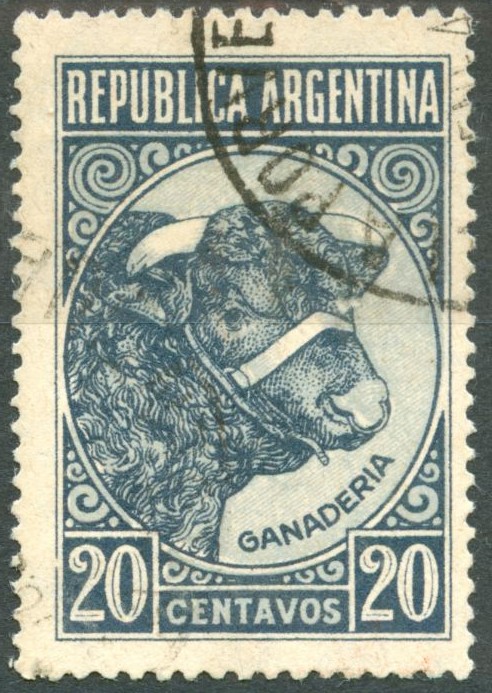
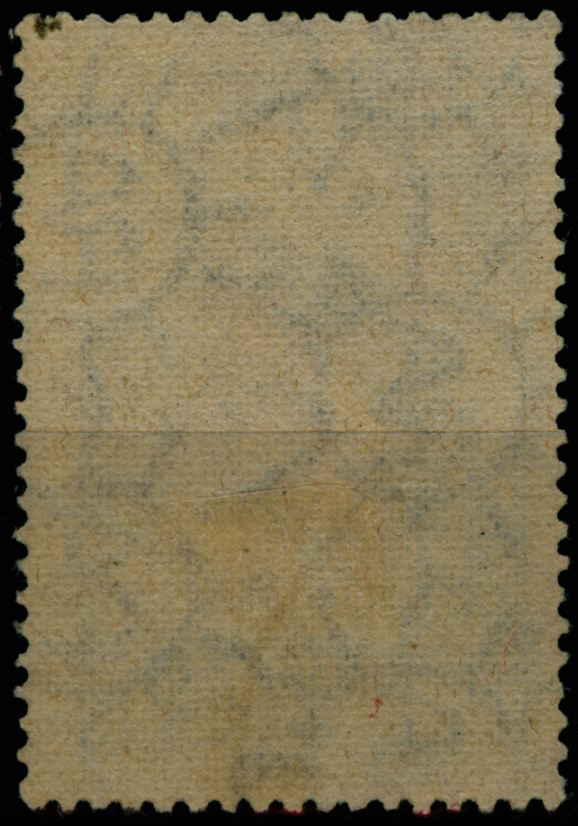
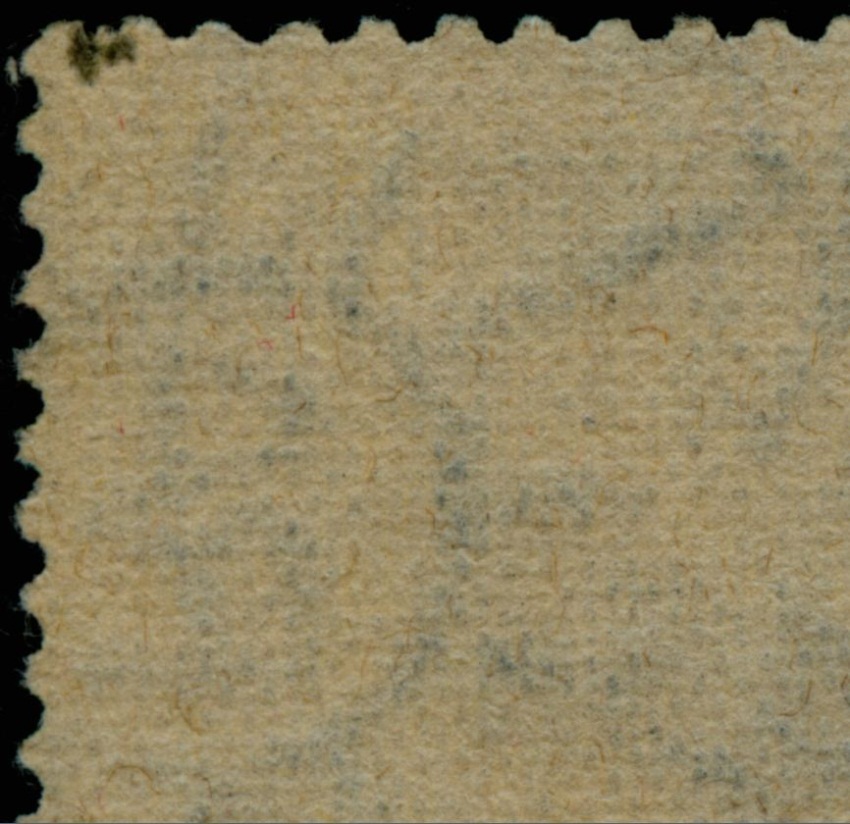
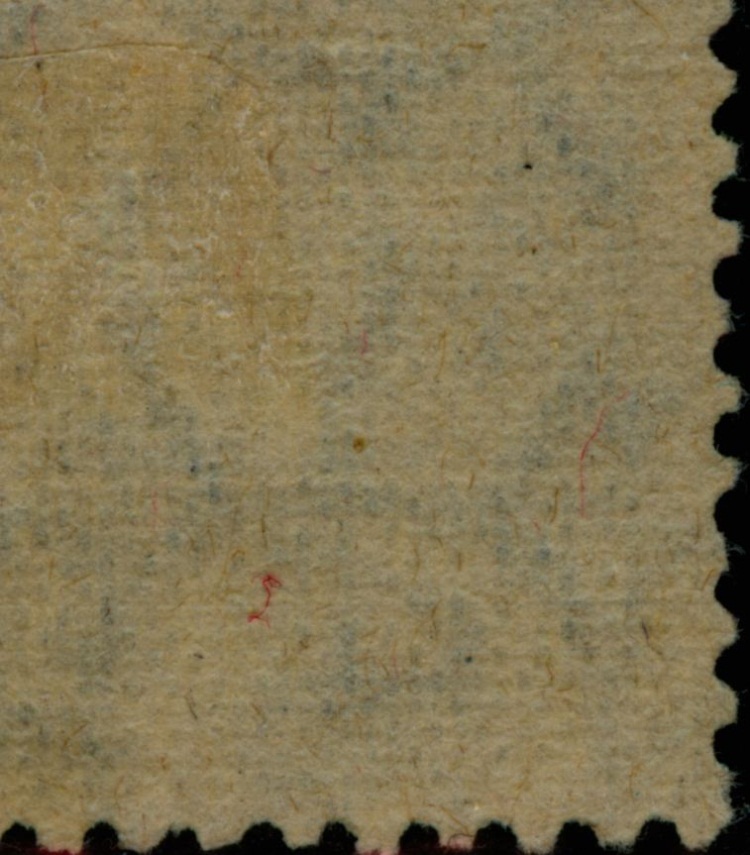

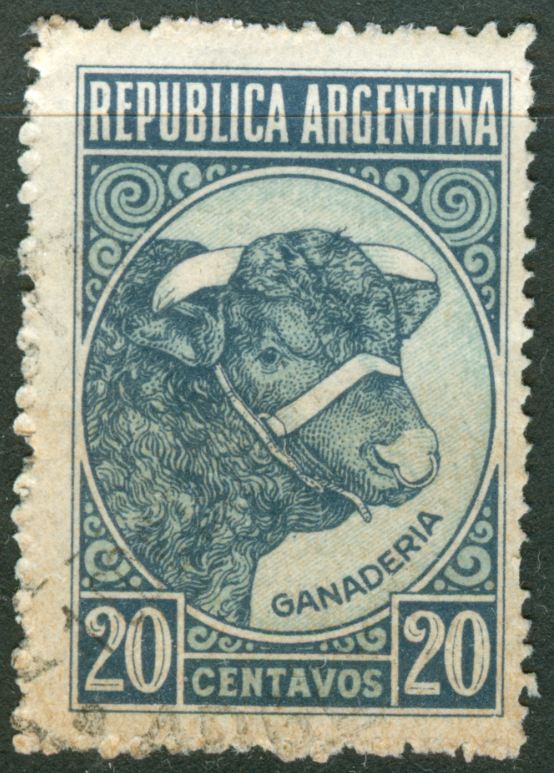
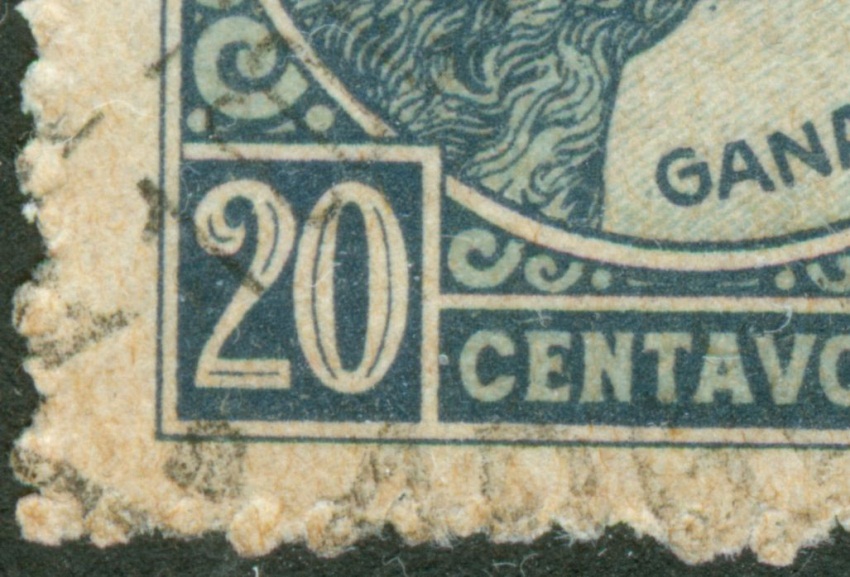
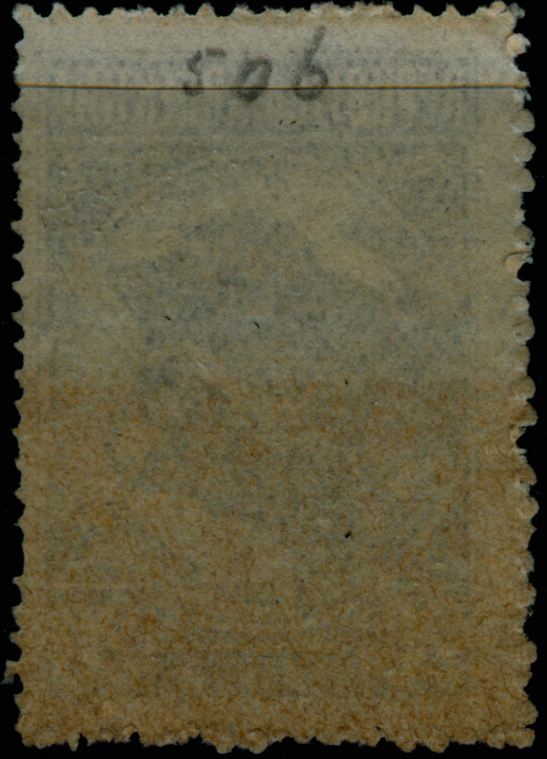
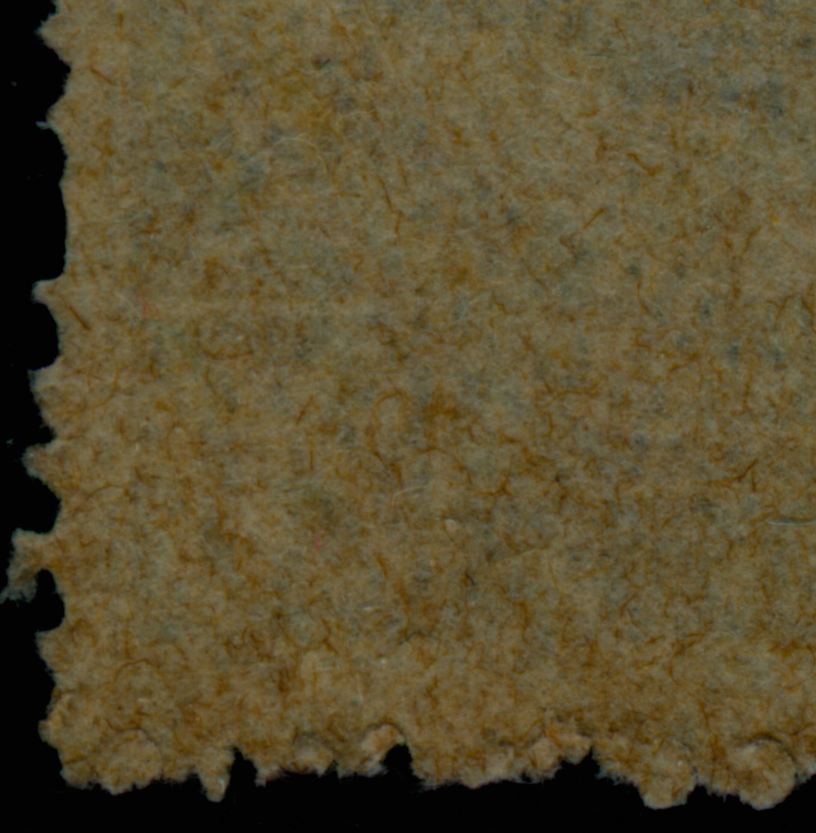
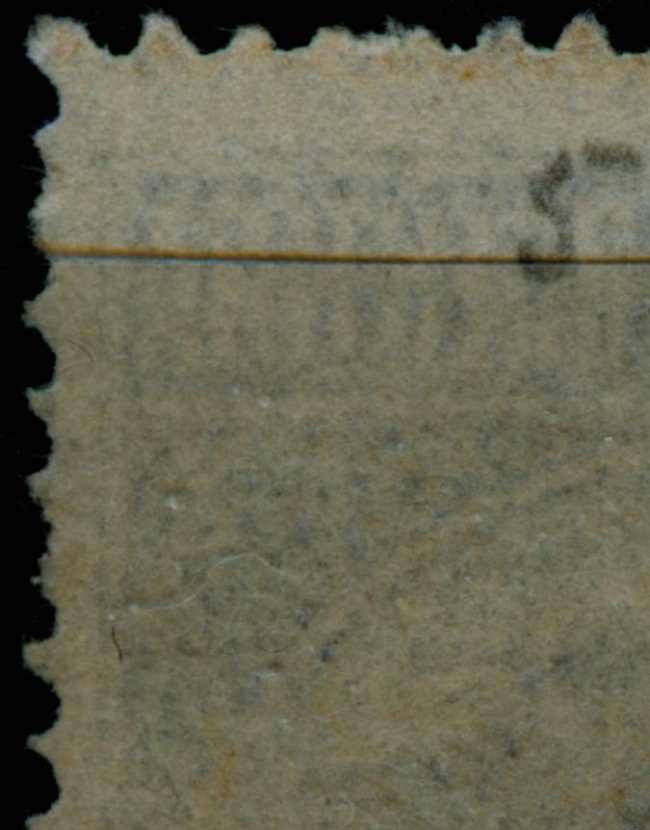


Sergio,stamps9407 escribió:Hello Rein, I have some doubts with this one.
May this be MI5? the other option I see is RR2 but the sun are too close (nevertheless the rays looks like quite straight to me)
Thanks
Sergio
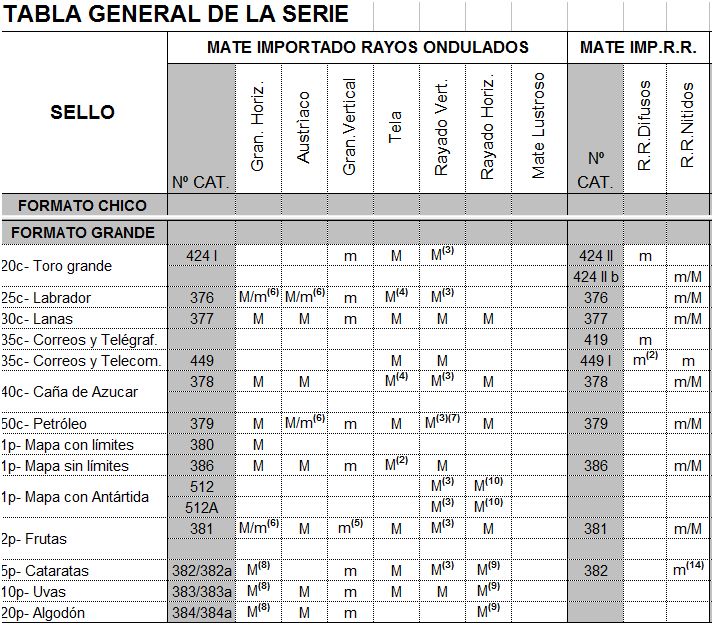

I said MI5 but you are right MI6 is asymmetrical and orthogonal watermark....whereas the front of MI 6 has a quite flat,...
This stamps' Height is 37mm, you can see the suns, so distance between suns looks like smaller than 3.5cmWhat is characteristic for RR is the vertical distance between 2 alternate rows of the suns is 3.5cm!!!

Sergio,stamps9407 escribió:Hello Rein,
I said MI5 but you are right MI6 is asymmetrical and orthogonal watermark....whereas the front of MI 6 has a quite flat,...
This stamps' Height is 37mm, you can see the suns, so distance between suns looks like smaller than 3.5cmWhat is characteristic for RR is the vertical distance between 2 alternate rows of the suns is 3.5cm!!!
According to Bardi's book for RR2 this stamps is m/M, but Bardi also says that ray lenght is 12.5mm for RR2 in this stamps ray are 9mm long.
Here you can find a 1200dpi scan of the back.
Thanks
Sergio


Sergio,stamps9407 escribió:Rein, I've measured the distance between two consecutive rows and twice this measure is quite close to 35mm. I will check with others if these 12.5mm of each ray told in Bardi's book is a mistake.
The below picture looks like an MI5 to me
Do you agree?
Thanks
Sergio